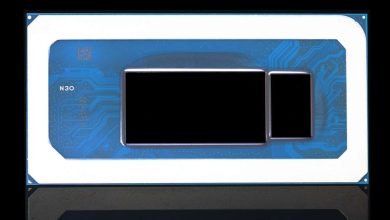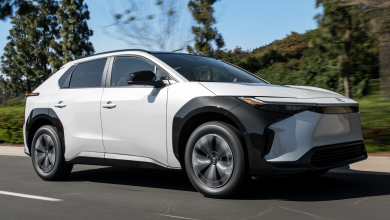Beyond the Chip Shortage: Automotive industry should prepare as scarcity of minerals looms for EV batteries
The automotive industry is currently under regulatory pressure to reduce CO2 emissions per mile, sparking a massive manufacturing transition to electric vehicles (EVs). The EV passenger car market is expected to have robust growth globally in the coming decade. However, just as supply chains are morphing to accommodate this transition, a potential shortage of minerals used in EV batteries is also appearing on the horizon.
To help confront this newest sourcing challenge and avoid a repeat of the impacts from the current chip shortage, Vertaeon is offering its innovative, cloud-based analytics tools to enable supply chain leaders to develop comprehensive risk assessments and mitigation processes—now. Vertaeon combines its proprietary and highly economical SaaS platform with deep experience in the automotive manufacturing industry to provide the business intelligence companies need to pivot through such tumultuous times.
“The imbalance created by the ongoing chip shortage is an excellent example of a perfect storm caused by the convergence of evolving market trends, overlayed with geopolitical tensions, and post-pandemic demand surges,” said Rekha Menon-Varma, co-founder and managing partner at Vertaeon. “The chip shortage highlights the need for the automotive industry to have better visibility into manufacturing suppliers and partners, to gain a clear understanding of the volatility and shortcomings within its supply chains. While there’s an enormous amount of data available, many organizations haven’t leveraged it toward meaningful contingency planning for the next shortage.”
Potential Mineral Sourcing Challenges
Concentrations of key minerals for battery elements in China, South Korea and Japan can be risk drivers in terms of geopolitical tensions, natural disasters and higher shipping costs. The already identified upstream negative environmental impact of mineral mining can also create future challenges, for example exacerbating the drain on the water supply in South America. Such risk factors combined with the shift toward the next generation in battery technology (potentially overtaking the rare mineral) could trigger a rapid change in the regulation—and ultimately in the production of EVs, favoring hydrogen vehicles instead, for instance.
From a raw-material perspective, challenges include availability, cost, location concentration and profitability. Some of the key raw material issues:
- Lithium: an impending shortage due to mining economics, technical and sustainability considerations;
- Nickel: issues with refinement and Asia offering cheaper alternatives; and
- Cobalt: ongoing conflicts in the Democratic Republic of the Congo (DRC) and labor issues.
“The anticipated sourcing challenges point to the need for comprehensive supply chain assessments to identify all risk factors and associated vulnerabilities,” said Menon-Varma. “One cannot navigate this fast-evolving environment without a holistic program that identifies risk drivers relevant to their business to inform and develop contingency plans. Advanced analytics, coupled with artificial intelligence (AI) and machine learning, is the perfect enabler that can make a significant difference in a company’s ability to handle future crises. Having our finger on the pulse of the market trends and dynamics is the ‘peace of mind’ that we offer our clients.”



